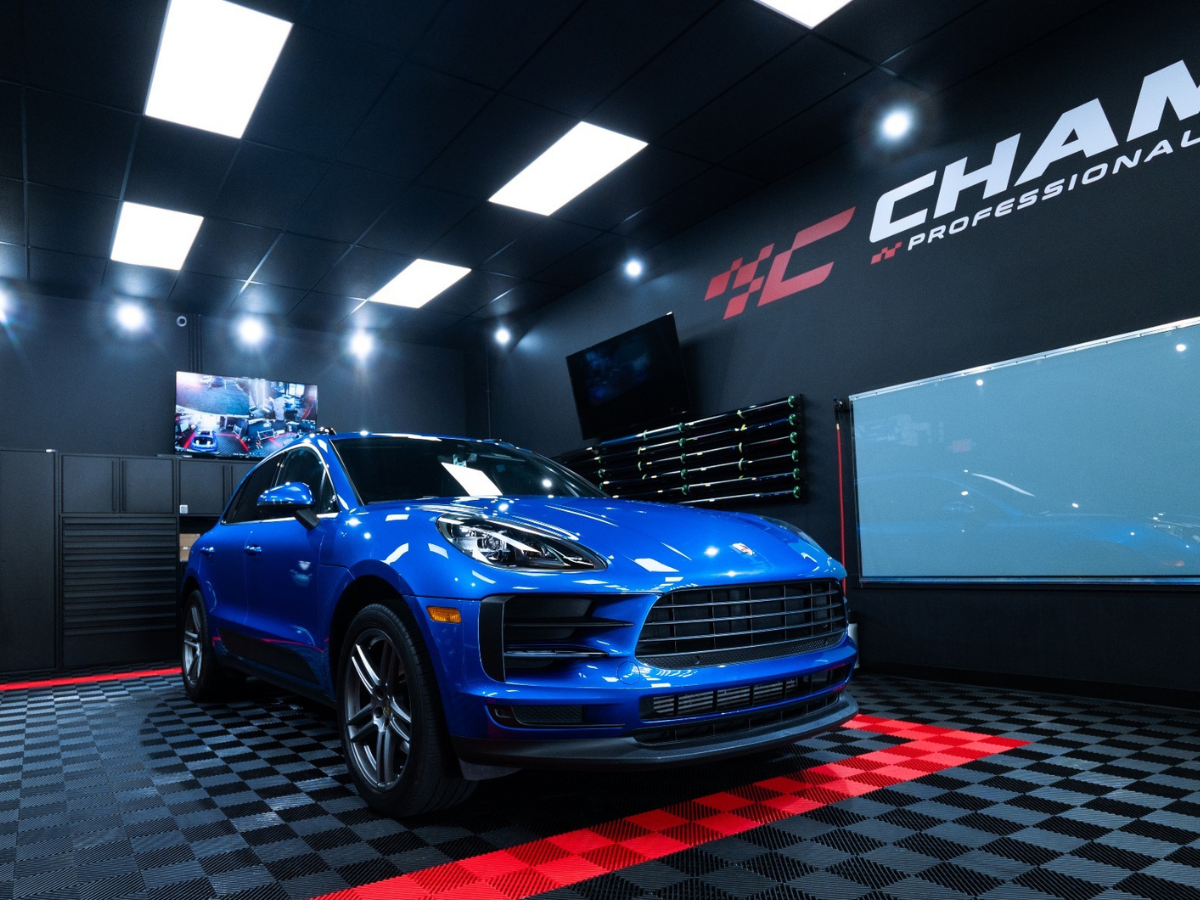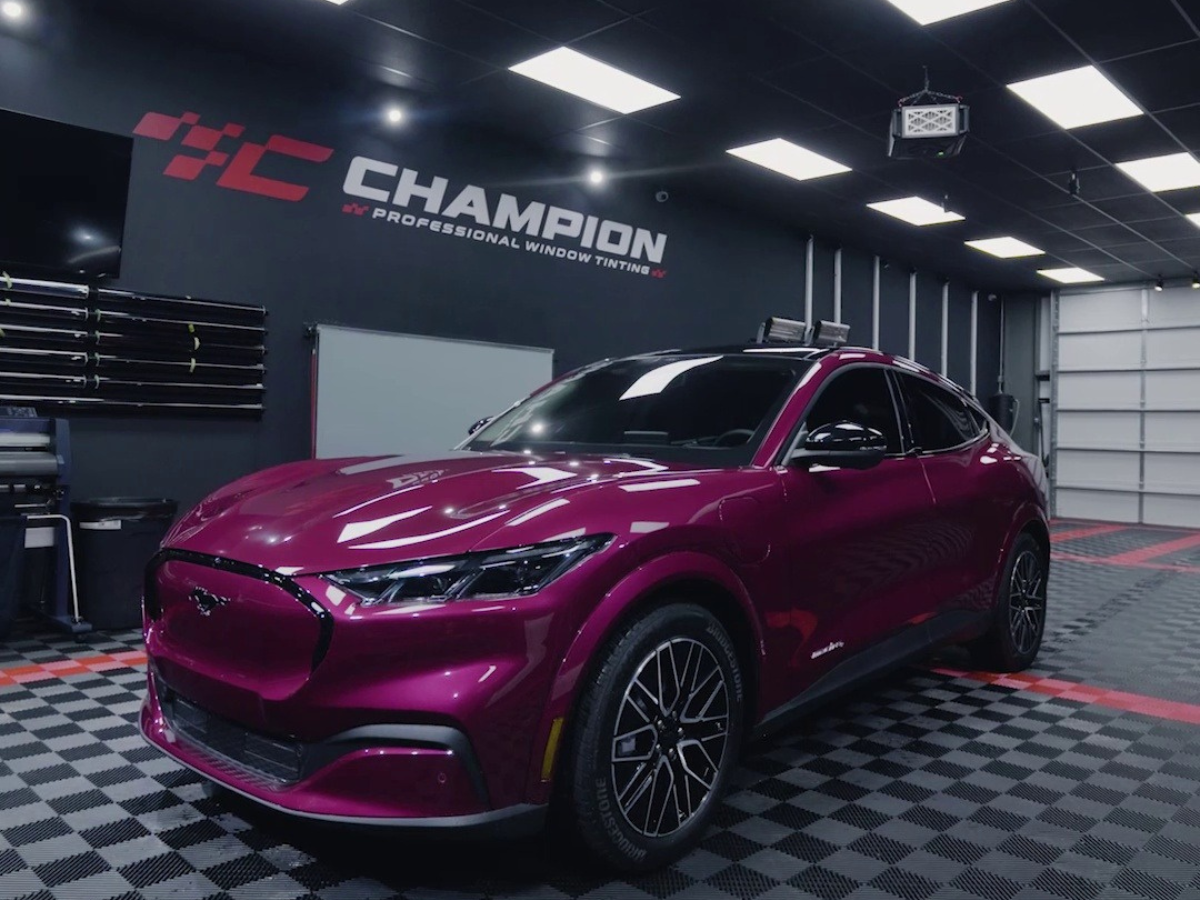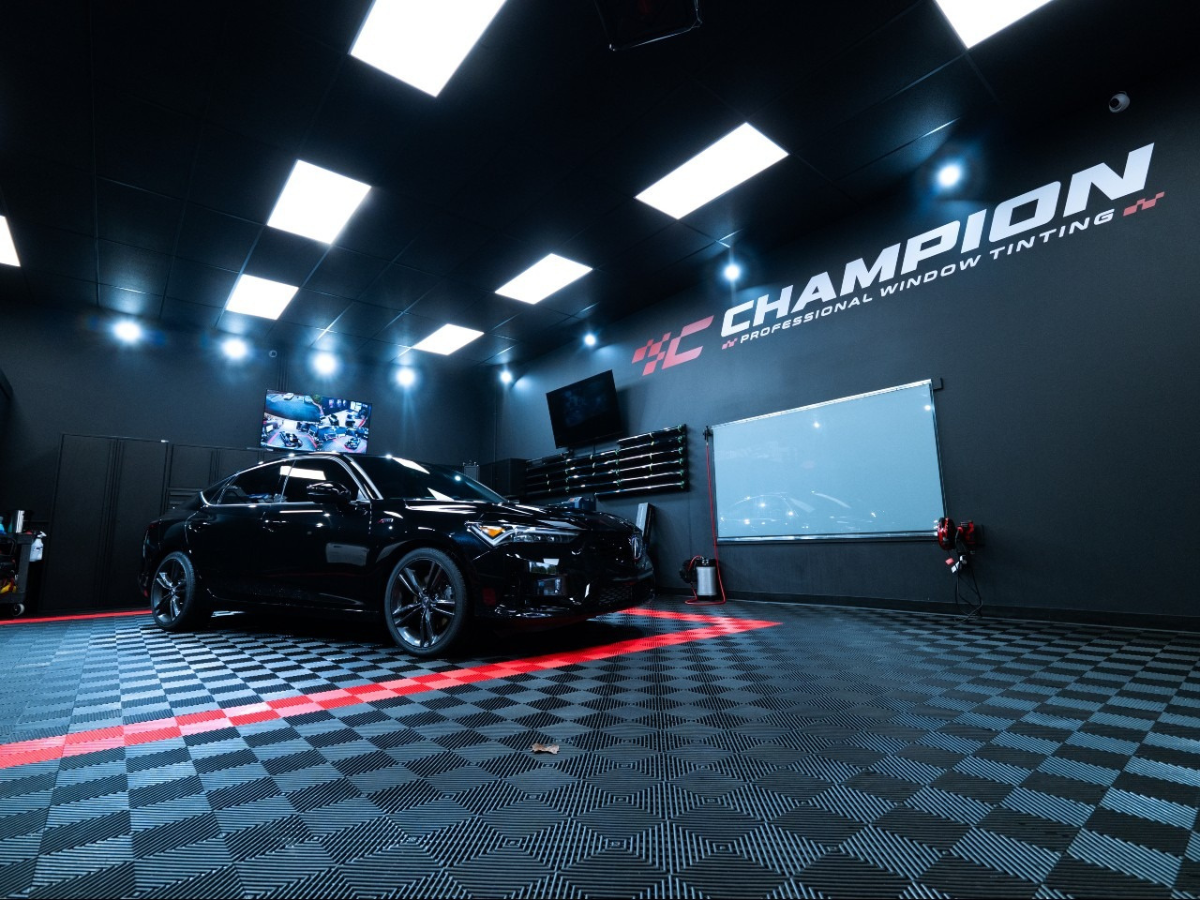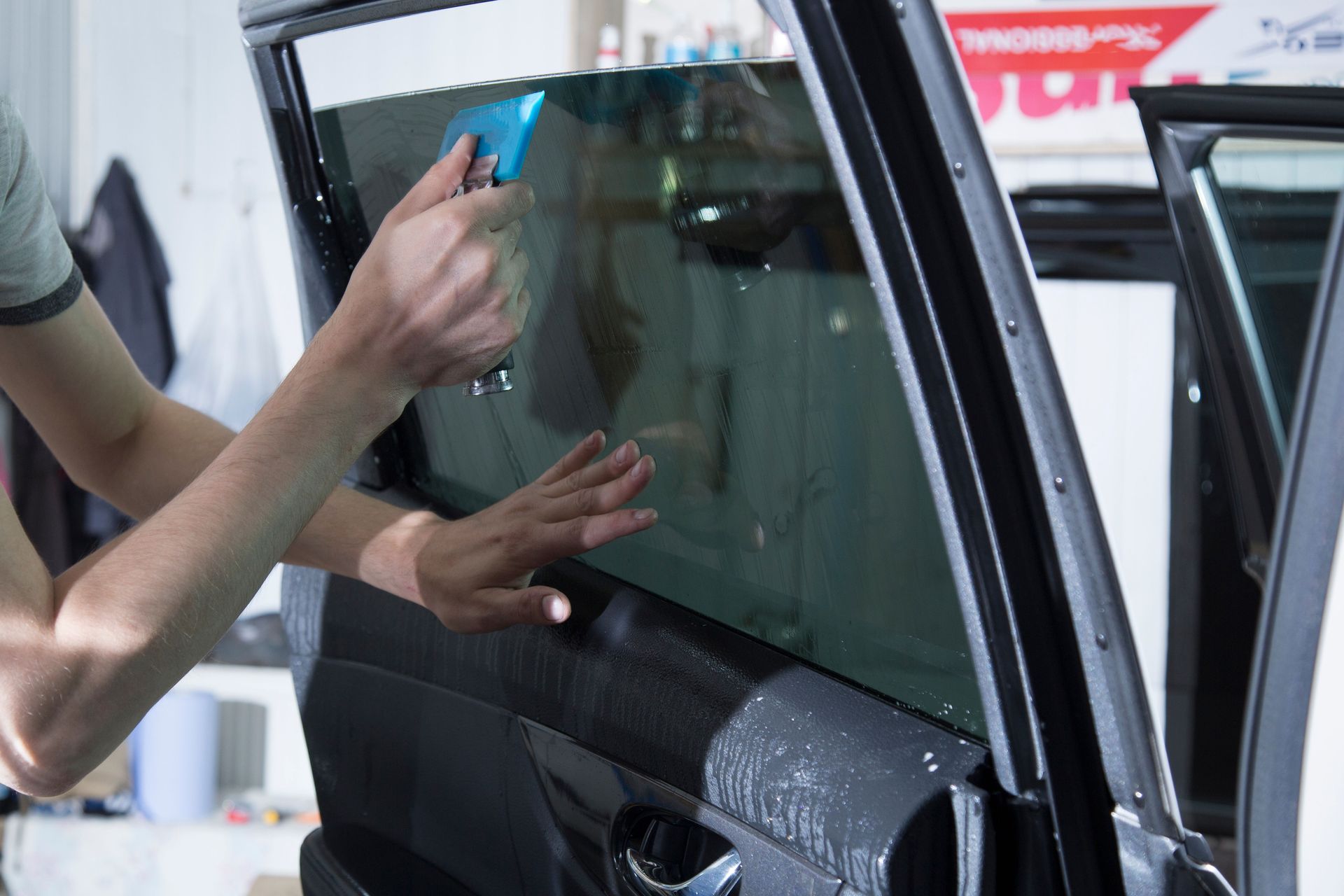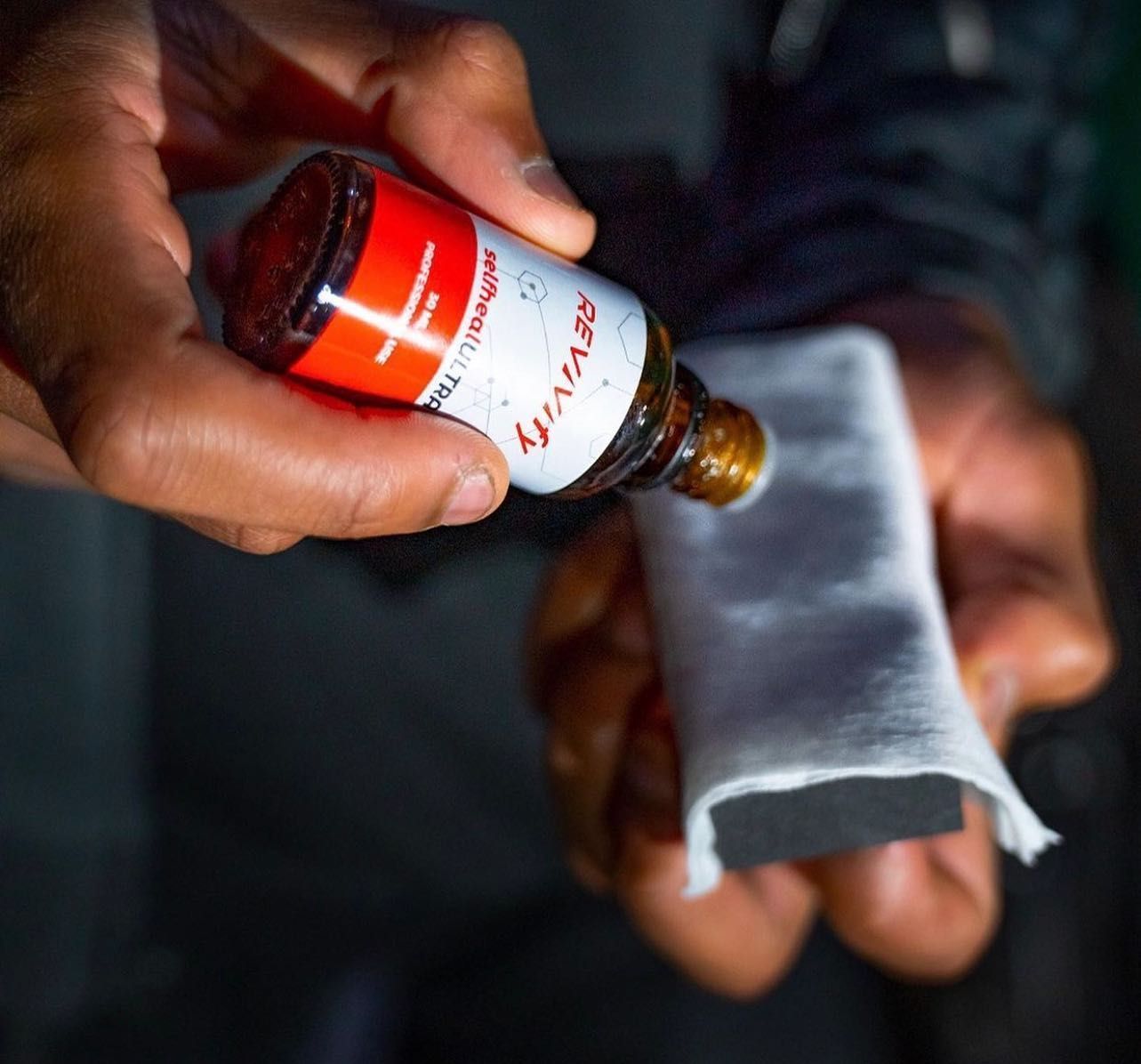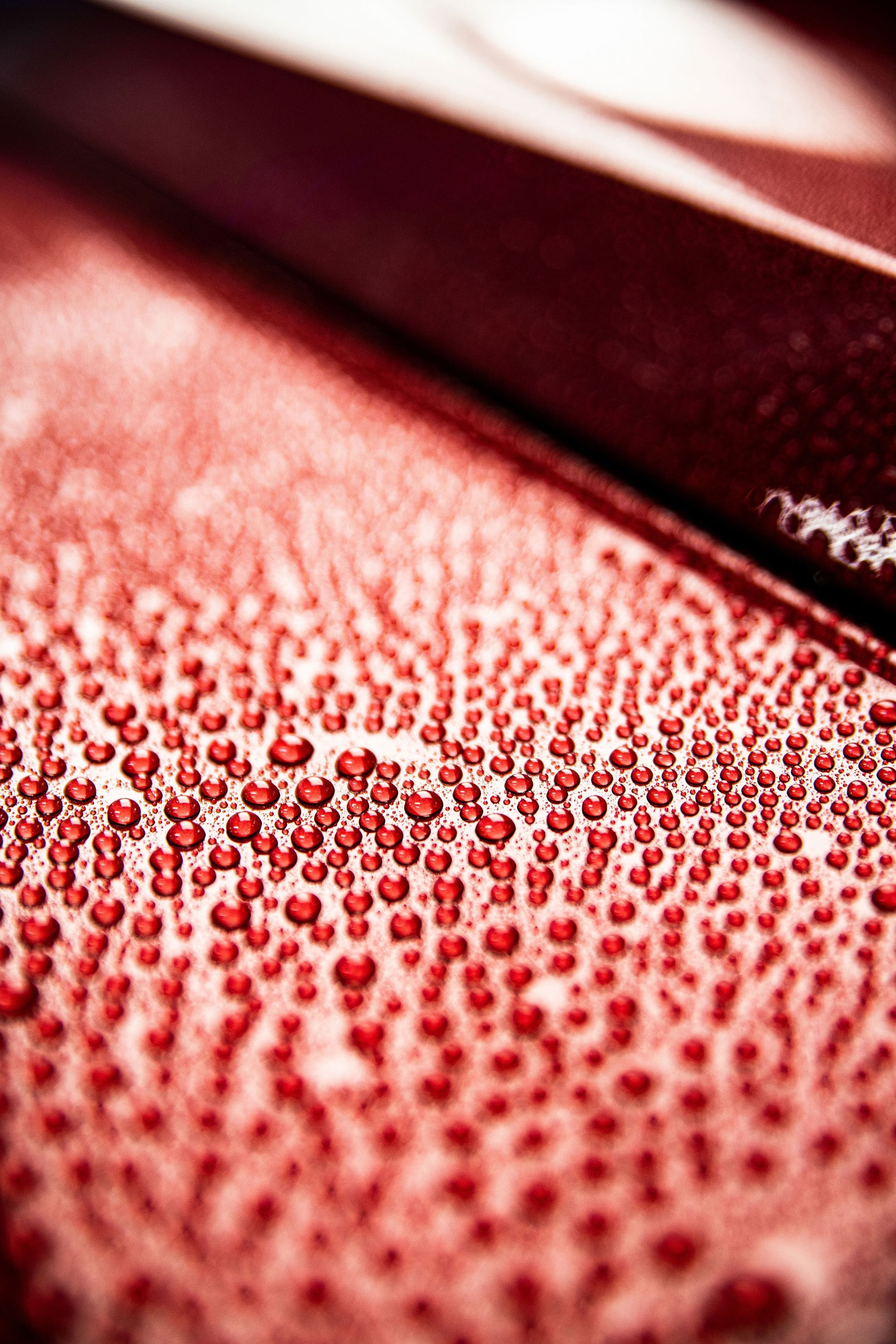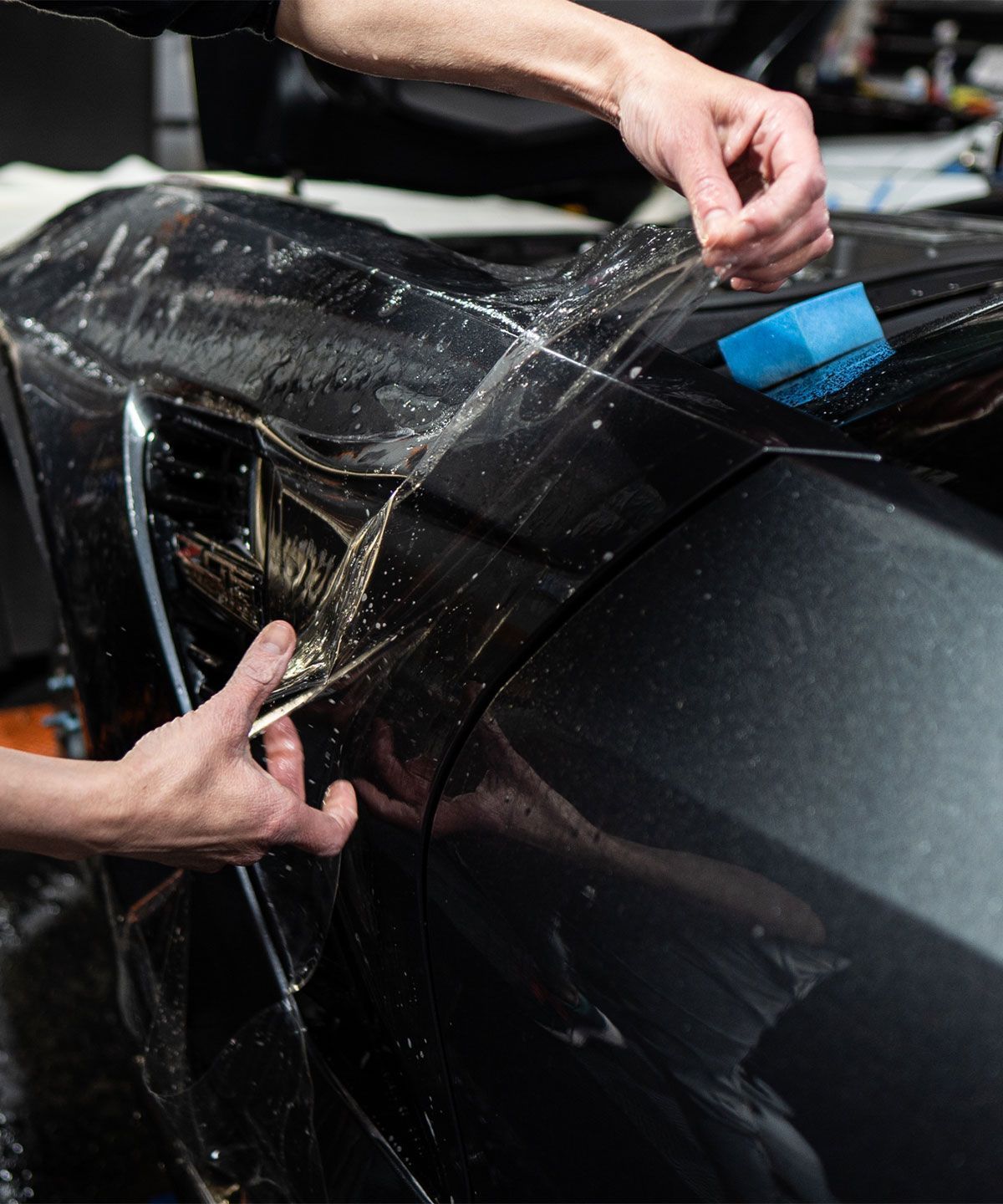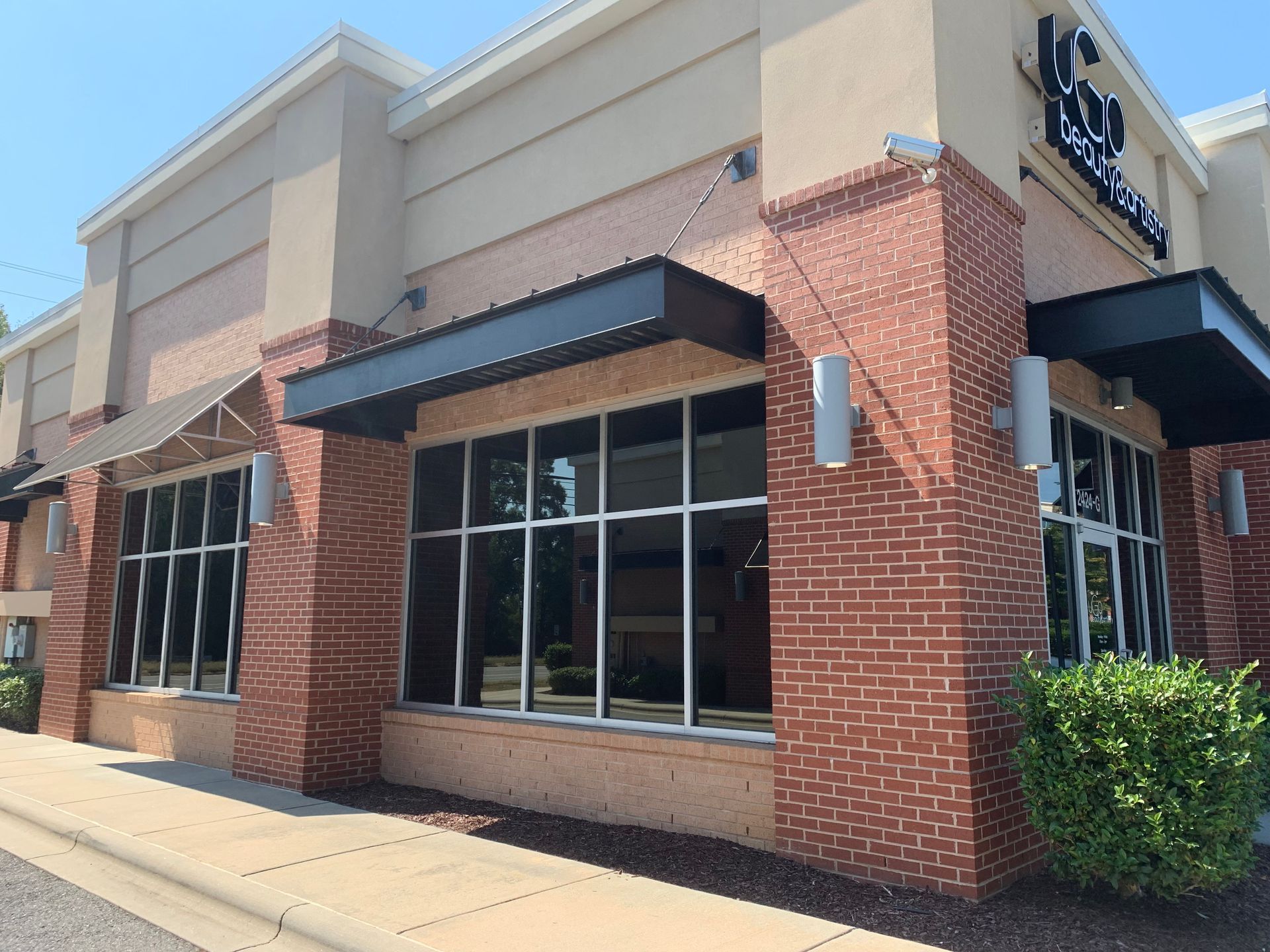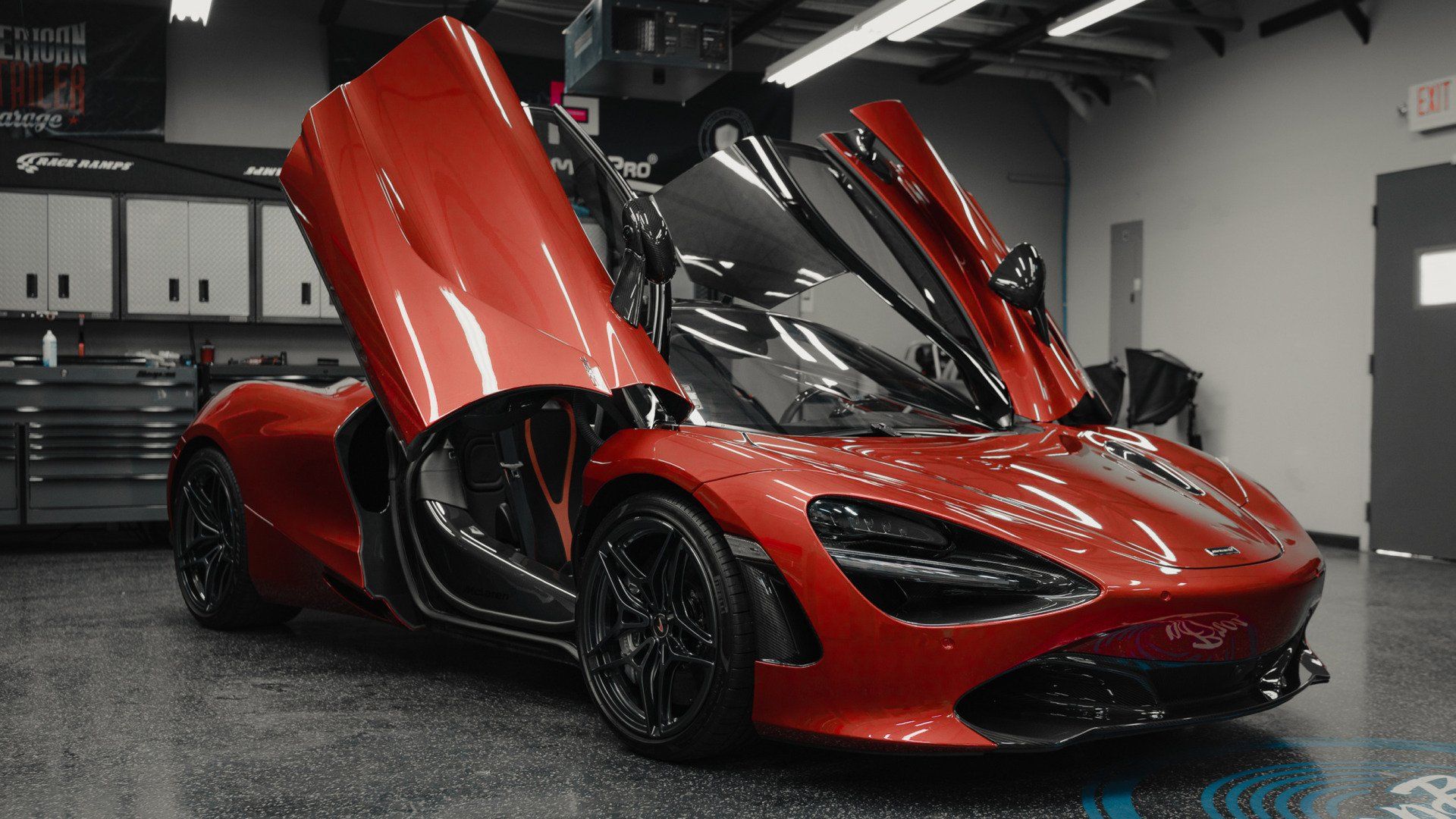Why Is Your Car's Interior Fading Faster Than Expected?
Your car's interior might be fading faster than expected due to prolonged exposure to sunlight and UV rays, which degrade materials and cause cracking. Using low-grade upholstery or untreated leather can also accelerate fading as they wear out more quickly. Harsh cleaning products might erode protective coatings, while fluctuations in temperature can cause materials to expand and contract, leading to damage. High humidity levels further complicate matters by weakening upholstery and promoting mold growth. To preserve your car's interior, consider UV-blocking window films like window tinting, appropriate cleaning products, and consistent maintenance. Discover how these strategies can protect your car's interior more effectively.
Key Takeaways
- Prolonged sunlight and UV exposure degrade materials, accelerating interior fading.
- Low-quality or untreated upholstery materials fade quicker than high-grade options.
- Harsh cleaning products can erode protective coatings, increasing the risk.
- Temperature fluctuations cause material expansion, hastening dye, and finish degradation.
- High humidity levels weaken materials, leading to faster fading and damage.
Sunlight and UV Exposure
When it comes to the primary culprit behind car interior fading, sunlight and UV exposure top the list. You've probably noticed how your dashboard and seats seem to lose their vibrant color over time. This isn't just an aesthetic issue—UV damage to car interior components can lead to material degradation, causing cracks and weakening the structure of your upholstery.
Every time your vehicle is parked under the sun, it's like a slow bake, with UV rays penetrating through windows, relentlessly attacking the interior surfaces.
Imagine how a long summer road trip might affect your vehicle. As the sun's rays pour through the windows, they break down the chemical bonds in car materials. This process not only fades colors but also deteriorates the materials themselves, leading to a fragile interior.
You might think your tinted windows are enough protection, but without additional measures, the UV damage to car interior parts is inevitable.
To combat this, consider investing in UV-blocking window films or sunshades. These tools are designed to greatly reduce the impact of harmful rays, prolonging the life of your car's interior while keeping it looking fresh and new.
Material Quality and Type
While UV exposure steals the spotlight as a major factor in interior fading, the quality and type of materials in your car play a significant role, too. It's not just about the sun's relentless rays but also the inherent durability of the materials chosen for your vehicle. Low-grade upholstery or untreated leather can wear out faster, leaving you wondering why your car's interior looks aged beyond its years.
Investing in high-quality materials is essential for effective car upholstery care and will help to prevent car interior damage over time.
When selecting a car, consider the longevity of different materials. Leather, while luxurious, requires consistent maintenance to protect it from cracking and fading. Fabric seats, on the other hand, may not fade as quickly but can be prone to staining.
Opting for treated leather or high-quality synthetic materials can offer a balance of durability and ease of maintenance.
Engage in regular upkeep by cleaning and conditioning your upholstery, which helps maintain its original sheen and color. This proactive approach not only prolongs the life of your car's interior but also retains its resale value, ensuring your investment stands the test of time.
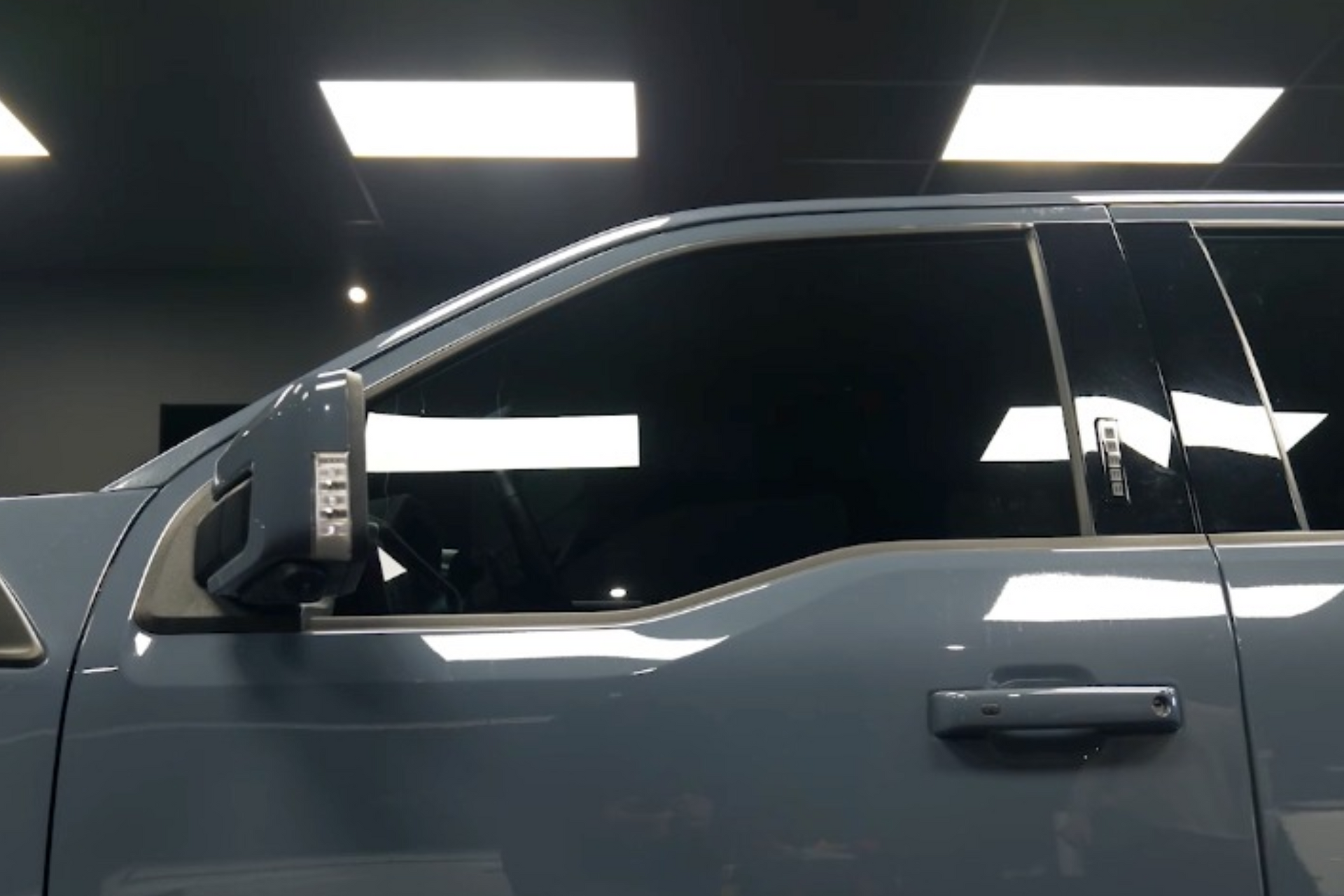
Cleaning Products Used
Although cleaning your car's interior is vital for maintaining its appearance, the choice of cleaning products can greatly impact how well the interior holds up over time. Using harsh chemicals might seem like an effective way to tackle dirt and grime, but they can erode protective coatings on surfaces like dashboards and seats, accelerating fading and deterioration.
When you choose cleaning products, look for those that are specifically formulated for automotive interiors. These products are designed to clean without stripping away essential oils or causing damage to delicate materials.
Imagine this: you've invested in a premium car window tinting service to reduce the sun's harsh effects. Yet, the car window tinting cost might seem futile if your cleaning routine is inadvertently undoing its benefits. Selecting the right products guarantees that the tint's effectiveness isn't compromised by additional UV exposure through stripped materials.
It's important to read labels and understand ingredients, opting for pH-balanced formulas that maintain the integrity of your interior surfaces. By doing so, you not only keep your car looking pristine but also protect your investment, ensuring that every dollar spent, including on tinting, delivers maximum value.
Temperature Fluctuations
Proper cleaning practices keep your car's interior looking fresh, but they don't shield it from all threats. Temperature fluctuations play a significant role in the fading of car interiors. When you leave your car exposed to the elements, the constant shift between scorching heat and cooler nights can wreak havoc on your upholstery and dashboard.
These changes cause materials like leather, vinyl, and fabric to expand and contract, eventually leading to cracks, discoloration, and a loss of elasticity.
Imagine parking your car under the blazing sun. The internal temperature can skyrocket, causing dyes and finishes to degrade faster than expected. Then, as the night cools down, the rapid temperature drop stresses the materials even more.
Over time, this cycle accelerates the fading process and diminishes the overall aesthetic appeal of your car.
You might notice that areas frequently exposed to sunlight fade faster. This isn't just about losing color; it's about compromising the structural integrity of your car's interior.
To mitigate this, consider using sunshades and parking in shaded or covered areas whenever possible. These simple steps can help stabilize the temperature inside your vehicle, preserving its look and value.
Humidity Levels
Humidity can be an equally stealthy culprit when it comes to car interior fading. You mightn't realize it, but excessive moisture in the air can wreak havoc on your vehicle's upholstery and dashboard.
Think of humidity as a silent invader that seeps into the fibers of your seats, weakening them over time. Leather interiors, in particular, are vulnerable. High humidity can cause the leather to absorb moisture, leading to mold and mildew growth, potentially causing unsightly stains and a persistent musty odor that's hard to ignore.
In areas with high humidity, moisture can penetrate your car's interior materials, causing them to swell and warp. This process isn't just about aesthetics; it can compromise the structural integrity of your dashboard and panels.
Over time, this can lead to cracking and peeling, making your car look older than it is. Additionally, humidity accelerates the breakdown of protective coatings on surfaces, leaving them exposed to further damage.
Preventive Measures and Tips
Even if you're diligent about maintenance, preventive measures are crucial to keep your car's interior from fading prematurely.
Start by investing in high-quality window tinting. Not only does it reduce UV penetration and heat, but it also preserves the vibrancy of your upholstery. A professional installation guarantees maximum protection, so don't skimp on this. If you're considering this upgrade, researching car window tinting cost can help you find the best option that fits your budget while ensuring long-term benefits for your vehicle’s interior.
Next, consider UV protectant sprays. These sprays form a protective layer on dashboards and seats, shielding them from harsh sunlight. When parking, use sunshades or shaded areas to minimize direct exposure. If possible, keep your car in a garage—this can greatly extend the life of your interior.
Regularly clean and condition your car's surfaces, especially leather and vinyl. Dust and grime can wear down protective coatings, leaving materials vulnerable to the sun. Choose cleaners and conditioners specifically designed for automotive use to avoid chemical damage.
Lastly, don't underestimate the power of seat covers. They protect against wear and tear while adding an extra layer of defense against UV rays.
In Summary
To keep your car's interior looking as fresh as the day you drove it off the lot, take proactive steps against fading. Invest in quality window tinting from Champion Window Tinting to block harmful UV rays, and choose cleaning products wisely to avoid damaging sensitive materials. Regular interior detailing and maintaining stable temperature and humidity levels also play essential roles. With these strategies, you'll not only preserve your car's luxurious appeal but also enhance its longevity, keeping it both beautiful and valuable.

